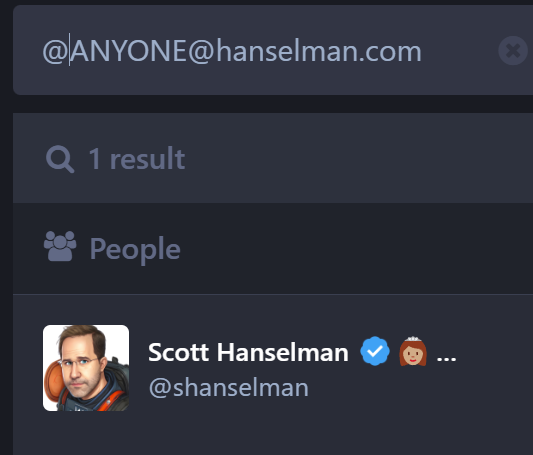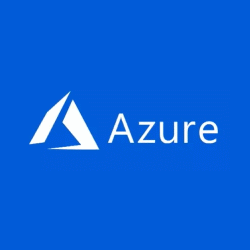In today’s rapidly evolving cyber landscape, organizations face an increasing number of sophisticated threats. Consequently, the need for robust cybersecurity measures has never been more critical. Two prominent solutions in this domain are Endpoint Detection and Response (EDR) and Extended Detection and Response (XDR). While both serve essential roles in safeguarding an organization’s digital assets, they cater to different needs and offer distinct functionalities. This article delves deep into the nuances of EDR vs XDR, providing insights into their features, differences, and when to deploy each solution.
What is EDR?
Endpoint Detection and Response (EDR) is a cybersecurity approach that focuses primarily on monitoring and securing endpoint devices such as laptops, desktops, and servers. EDR solutions are designed to detect, investigate, and respond to potential threats at the endpoint level. By employing advanced analytics and automated responses, EDR tools operate under the premise of an “assume breach” mentality. This means they are always on the lookout for suspicious activities, even if the organization believes its systems are secure.
Key Features of EDR
- Real-time Monitoring: EDR solutions provide continuous surveillance of endpoint activities, enabling organizations to detect anomalies swiftly.
- Automated Response: EDR tools can automatically contain threats, limiting their potential impact before human intervention is required.
- Data Collection: These solutions gather extensive data from endpoints, including system logs, file access, and user activities, allowing for thorough investigations.
- Threat Intelligence: EDR platforms leverage threat intelligence to enhance their detection capabilities, identifying known threats and emerging vulnerabilities.
Benefits of EDR
- Focused Security: EDR is primarily designed to protect endpoints, making it an excellent choice for organizations with significant endpoint exposure.
- Cost-effective: For businesses with limited budgets, EDR solutions can provide robust endpoint protection without the higher costs associated with more comprehensive solutions.
- Scalability: As organizations grow, EDR solutions can easily adapt to increasing numbers of endpoints and evolving threats.
What is XDR?
Extended Detection and Response (XDR) is a holistic cybersecurity solution that integrates data from multiple security layers, including endpoints, networks, servers, and cloud environments. Unlike EDR, which focuses solely on endpoint devices, XDR aims to provide a comprehensive view of an organization’s security posture by correlating data across various sources. This enables security teams to detect and respond to threats more effectively.
Key Features of XDR
- Unified Security Approach: XDR consolidates data from various security tools and platforms, offering a centralized view of threats across the entire infrastructure.
- Enhanced Visibility: By analyzing data from multiple sources, XDR provides deeper insights into potential threats, making it easier to identify complex attack patterns.
- Automated Threat Response: Like EDR, XDR also employs automation to respond to threats, but it does so across a broader range of data sources.
- Cross-domain Detection: XDR is capable of detecting threats that may originate from different areas, such as network traffic, cloud applications, and email systems.
Benefits of XDR
- Comprehensive Coverage: XDR’s ability to integrate data from various sources ensures that organizations have a complete view of their security landscape.
- Improved Incident Response: By providing a unified view of threats, XDR allows security teams to respond more quickly and effectively to incidents.
- Reduced Complexity: XDR simplifies security operations by reducing the number of tools and interfaces security teams must manage.
EDR vs XDR: Key Differences
While both EDR and XDR are essential components of a modern cybersecurity strategy, they serve different purposes and have distinct features. Below is a comparison highlighting the critical differences between EDR and XDR:
Feature |
EDR (Endpoint Detection and Response) |
XDR (Extended Detection and Response) |
| Scope | Focuses on endpoint devices | Covers multiple security layers |
| Data Sources | Endpoint-specific data | Integrates data from various sources |
| Detection Methods | Signature-based and behavioral analysis | Advanced analytics, AI, and data correlation |
| Threat Detection | Primarily endpoint threats | Advanced threats across all domains |
| Incident Response | Endpoint-focused | Cross-domain response |
| Integration | Typically integrated with endpoint tools | Integrates with multiple security solutions |
When to Choose EDR
Organizations may opt for EDR solutions under specific circumstances:
- Small to Medium-Sized Infrastructure: Businesses with fewer endpoints and primarily endpoint-based threats may find EDR sufficient for their needs.
- Budget Constraints: EDR solutions tend to be more cost-effective than XDR, making them ideal for organizations with limited financial resources.
- Strong Endpoint Security Posture: If an organization already has robust endpoint security measures in place, EDR can enhance those efforts without overwhelming complexity.
When to Choose XDR
On the other hand, XDR is more suitable for organizations facing different challenges:
- Complex IT Environments: Organizations with extensive IT infrastructures that require visibility across endpoints, networks, and cloud applications should consider XDR.
- High-Risk Industries: Sectors such as finance, healthcare, and government, which are often targeted by sophisticated threats, can benefit from XDR’s comprehensive approach.
- Need for Advanced Analytics: Organizations looking to leverage machine learning and AI to identify patterns across multiple data sources will find XDR more advantageous.
The Role of Seqrite EDR and XDR
Seqrite offers advanced EDR and XDR solutions tailored to meet the diverse needs of organizations. With a focus on comprehensive endpoint protection and extended visibility, Seqrite’s offerings empower businesses to strengthen their security posture effectively.
Seqrite EDR
Seqrite EDR provides real-time monitoring and automated response capabilities, ensuring that organizations can detect and mitigate threats swiftly. Its user-friendly interface and robust analytics make it a valuable addition to any cybersecurity strategy.
Seqrite XDR
Seqrite XDR enhances threat detection and response capabilities by integrating data from various security layers. This solution empowers organizations to gain deeper insights into their security landscape, facilitating quicker and more effective incident response.
Conclusion
In the ongoing battle against cyber threats, understanding the distinctions between EDR and XDR is vital for organizations looking to enhance their security measures. While EDR excels in endpoint protection, XDR provides a more comprehensive view of an organization’s security posture by integrating data across multiple sources. Depending on the specific needs and challenges faced by an organization, either solution—or a combination of both—can significantly bolster cybersecurity efforts.
By investing in advanced solutions like Seqrite EDR and XDR, organizations can ensure they are well-equipped to navigate the complexities of the modern threat landscape and safeguard their digital assets effectively.


